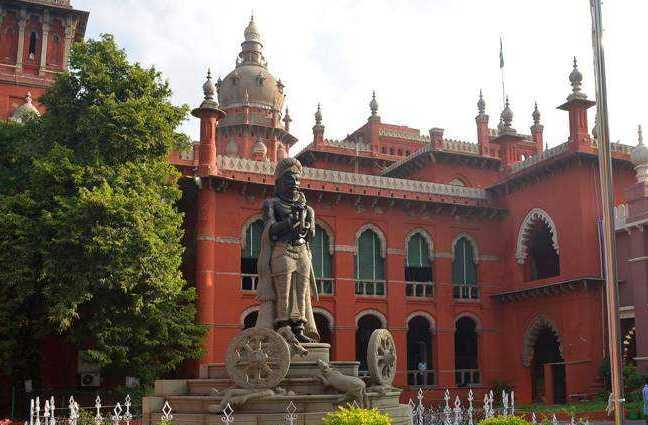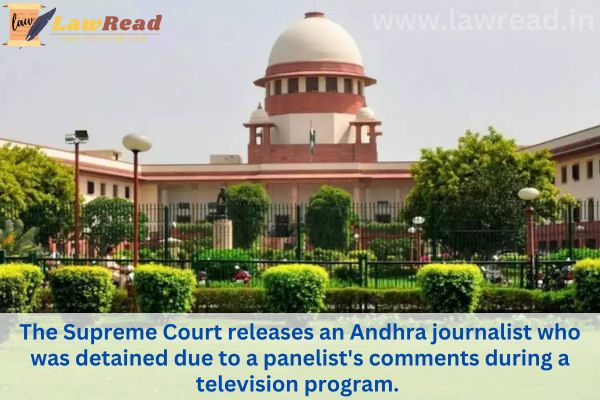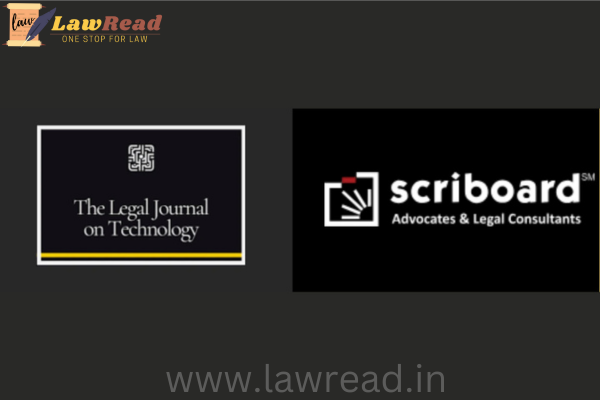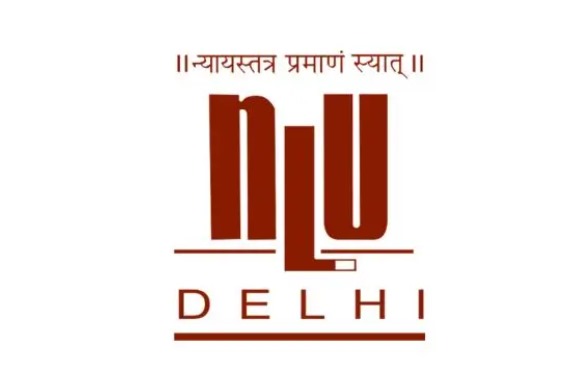News
The Bombay High Court denies TikTok the status of a well-known trademark.
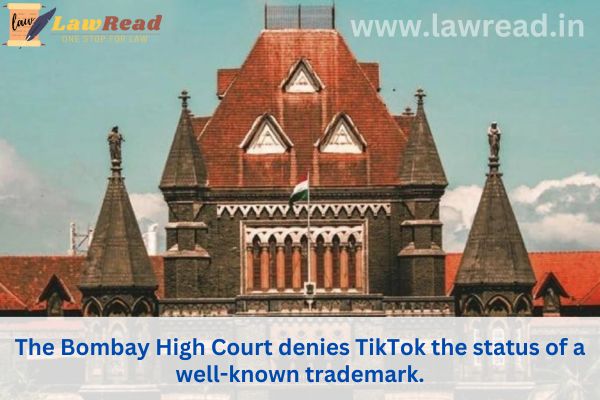
The Court determined that a relevant factor was the Indian government's ban on the TikTok app due to national security concerns.
The Trade Marks Registrar's decision to exclude TikTok from the list of "well-known" trademarks under Rule 124 of the Trade Marks Rules, 2017 was recently maintained by the Bombay High Court.
The Court determined that the Registrar's denial was justified in part by the Government of India's prohibition on the TikTok app due to national security concerns.
In a plea filed by TikTok Limited via its lawyer Faheem Ahmad, Justice Manish Pitale rendered the decision. The Trade Marks Act permitted consideration of "any fact" deemed essential for assessing whether a mark qualifies as well-known, therefore the Court found nothing wrong with the Registrar's reliance on the ban.
Referring to the TikTok ban, the Court said that "these are serious matters, which cannot be ignored," citing dangers to public order, defense, and India's sovereignty and integrity.
TikTok had petitioned the High Court to overturn the Registrar's October 31, 2023, decision rejecting its Rule 124 application to be added to the list of well-known trademarks. Even though TikTok is already a registered trademark in India, it applied for the additional legal protection that comes with being a "well-known" brand.
The petitioner contended that legal mistake and a lack of mental application tainted the order. Only Section 11 of the Trade Marks Act (related grounds and recognition of well-known marks) was allegedly pertinent, and the Registrar mistakenly referred to Section 9 of the Act, which deals with absolute grounds for refusal of registration.
TikTok argued that the Registrar's decision ignored the legislative considerations outlined in Sections 11(6) to (9), instead basing it solely on news articles and press announcements about the suspension. It maintained that elements including the mark's identification by pertinent public segments, the length and scope of usage, and the history of enforcement proceedings are all included in the rules.

